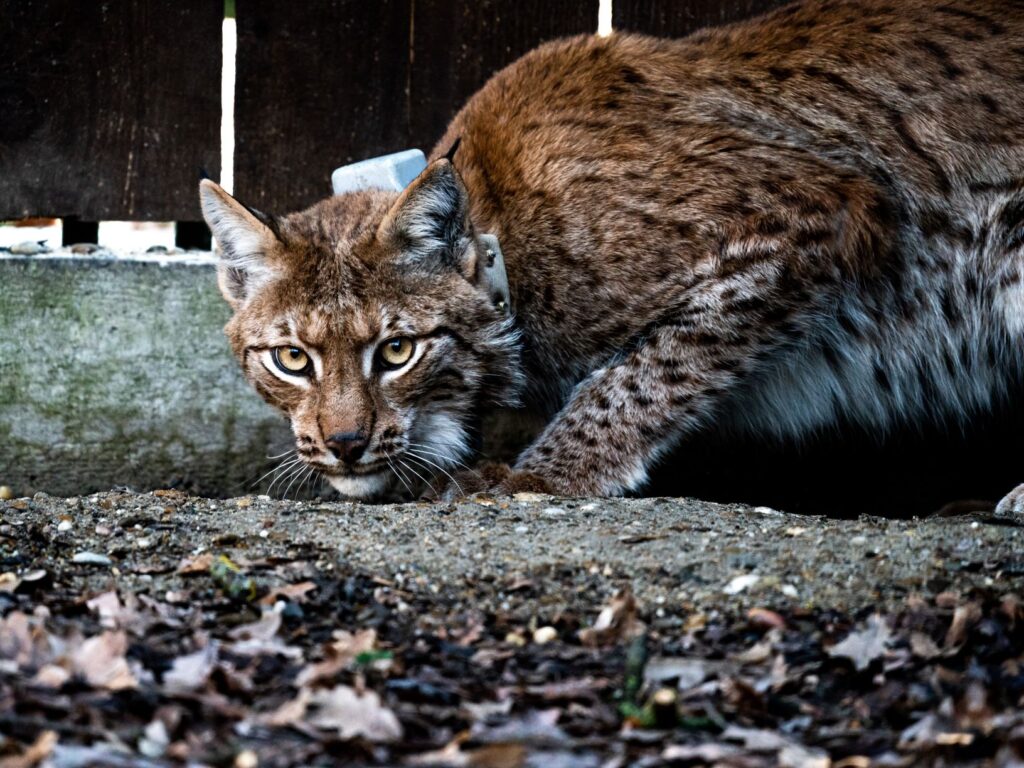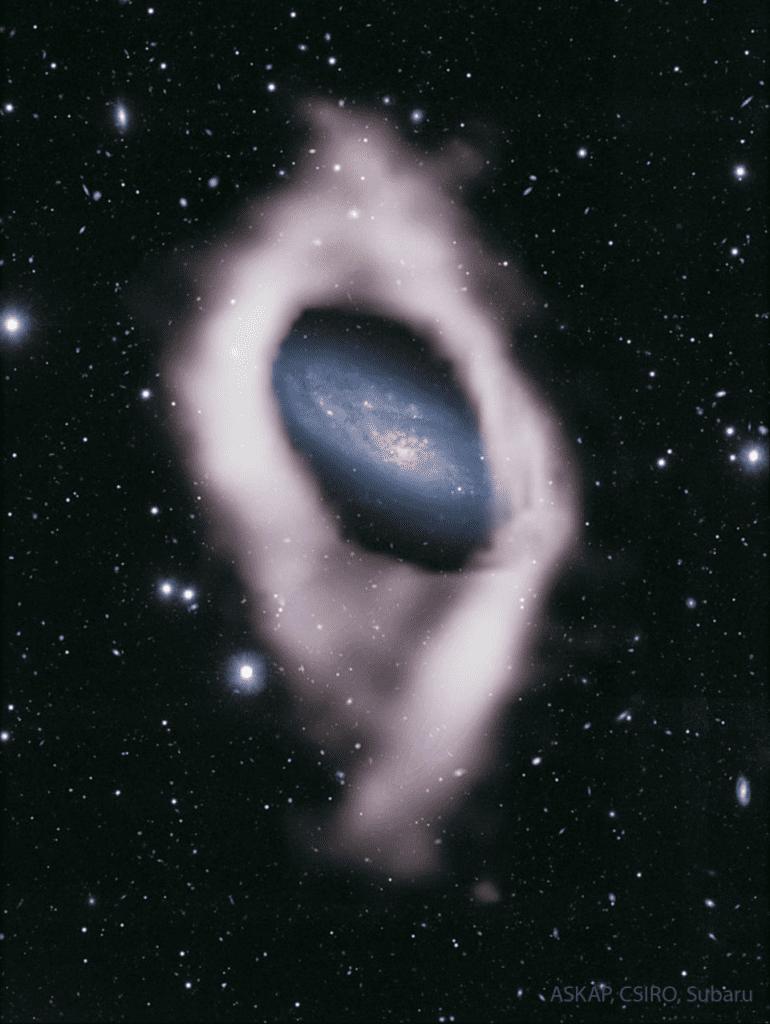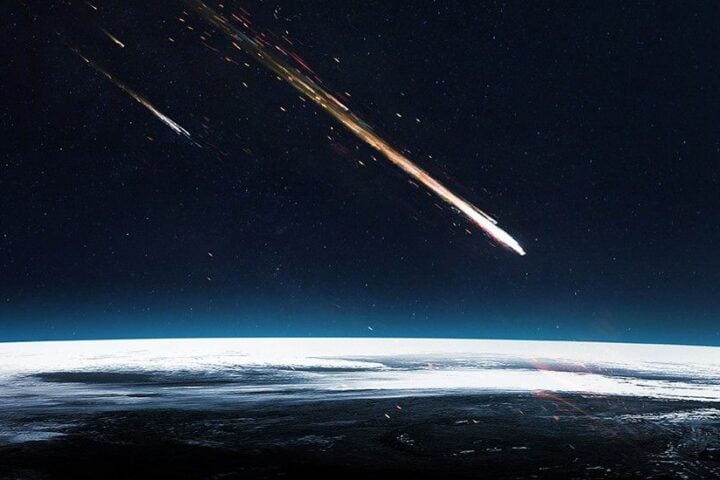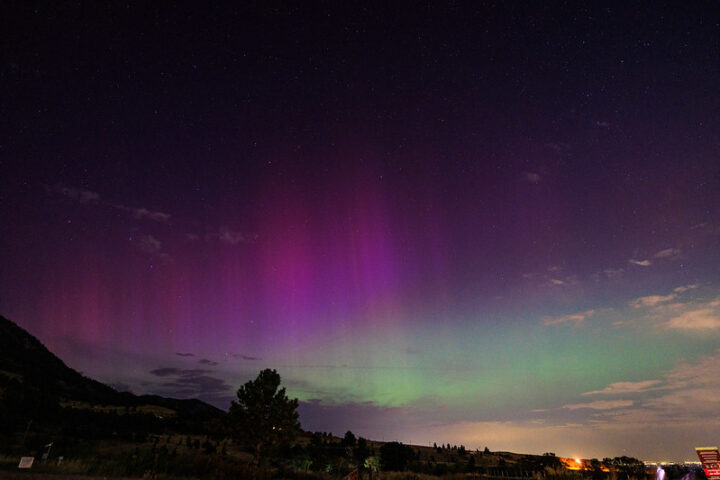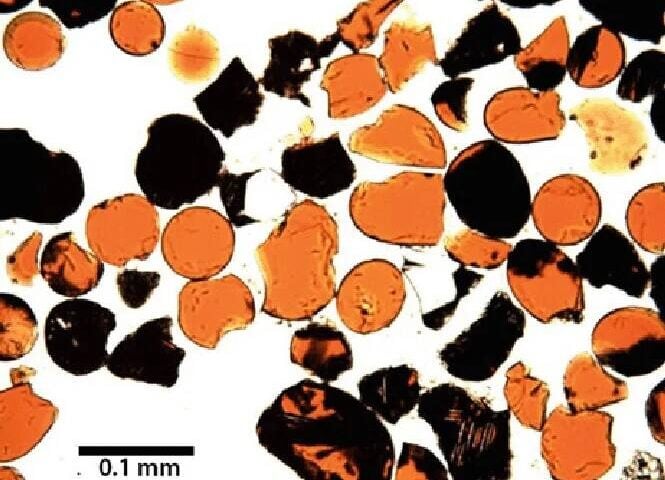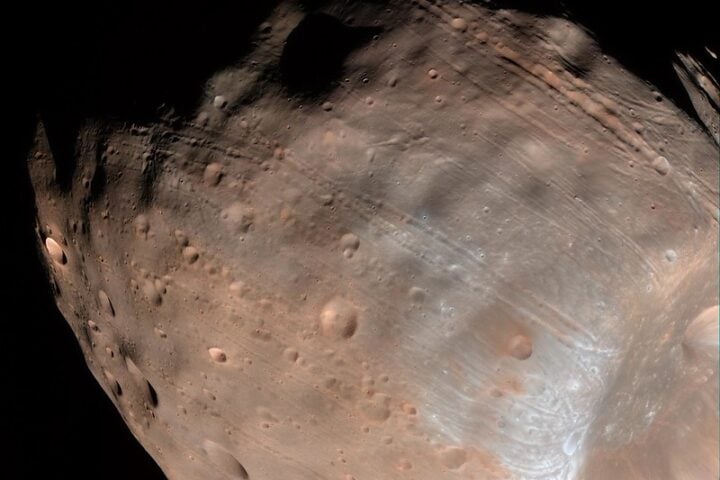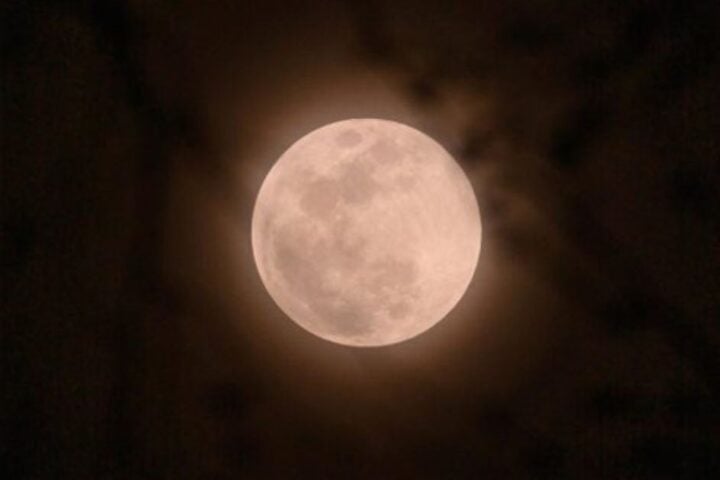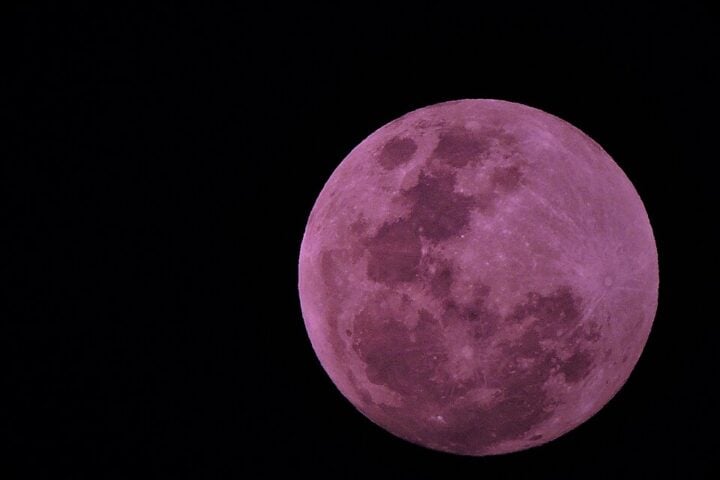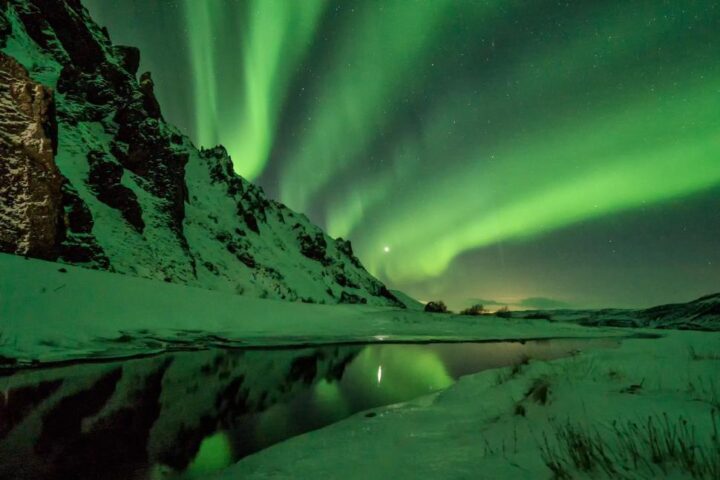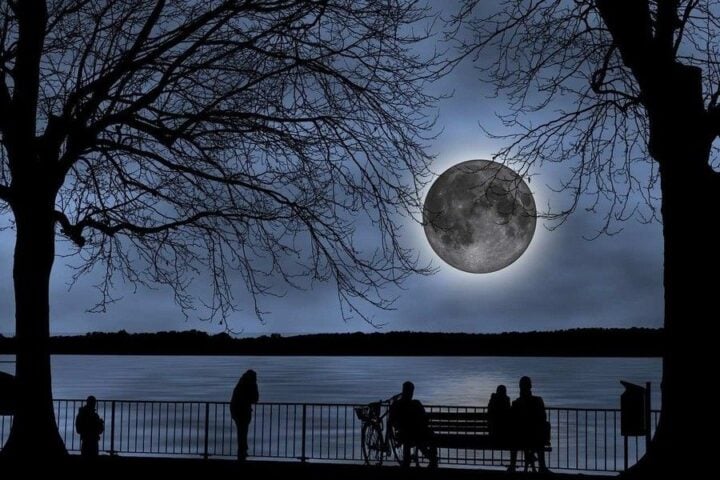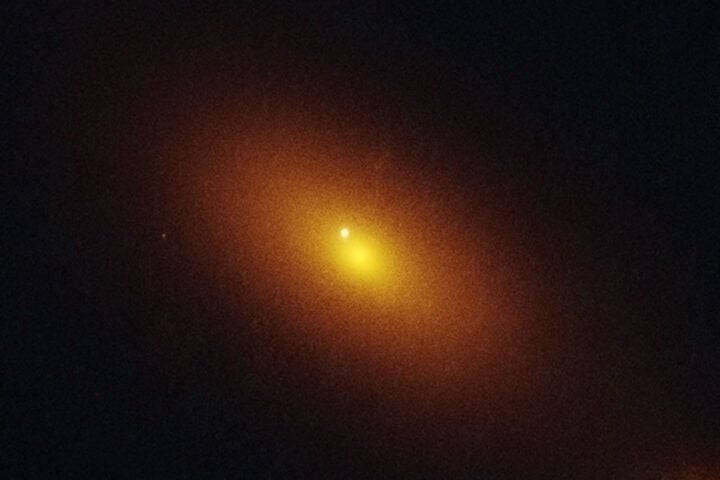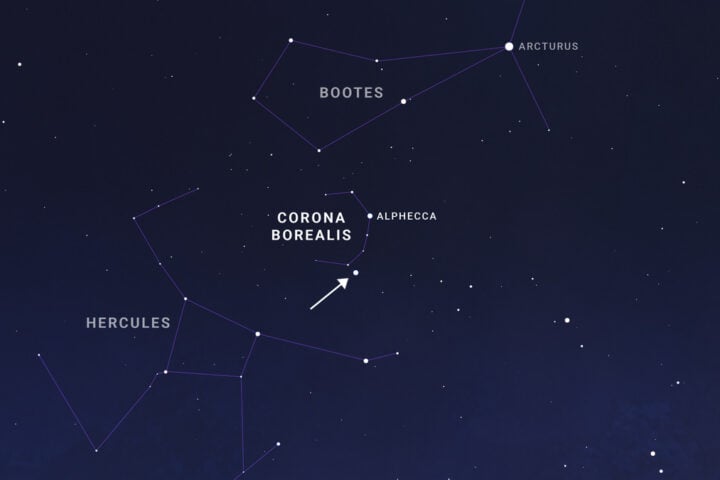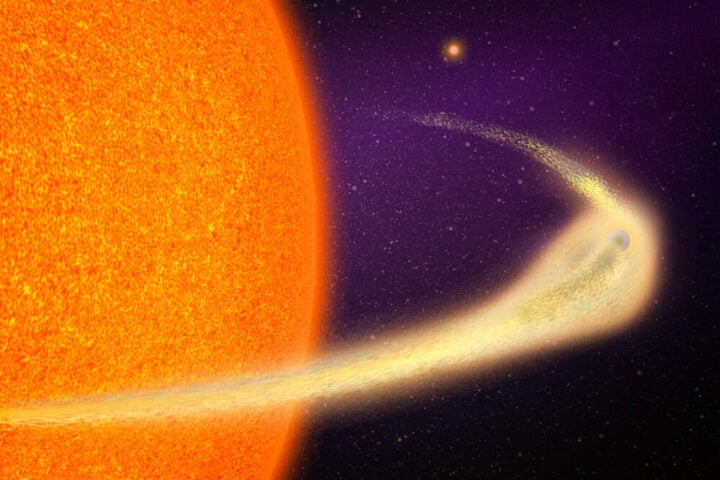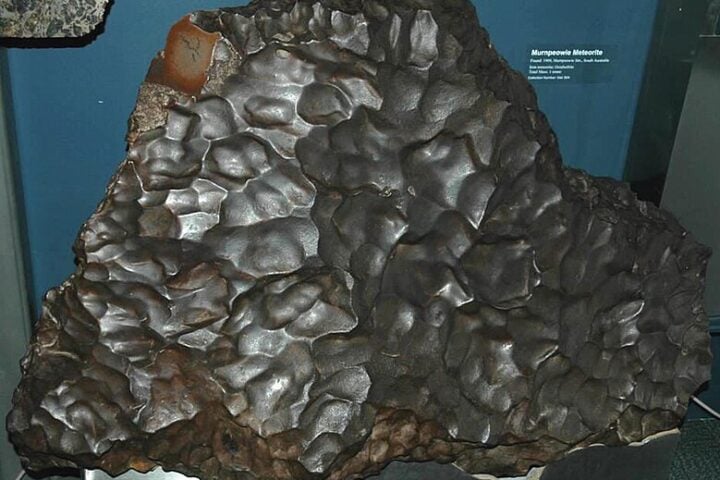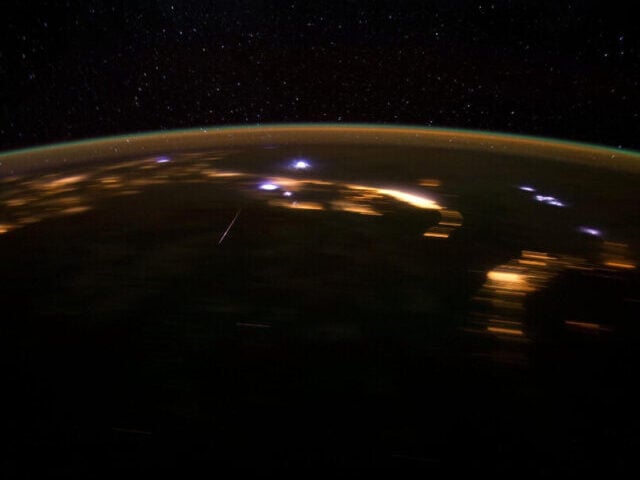The National Maritime Museum is currently showcasing the world’s most awe-inspiring space photography. The “Astronomy Photographer of the Year” exhibition opened its doors on 16 September 2023. Visitors can immerse themselves in the universe’s wonders from 10 am to 5 pm daily. The competition celebrates its 15th year, drawing photographers from every corner of the globe. Over 100 mesmerizing photographs are displayed on brilliant lightbox displays, ensuring each image is seen in its best light.
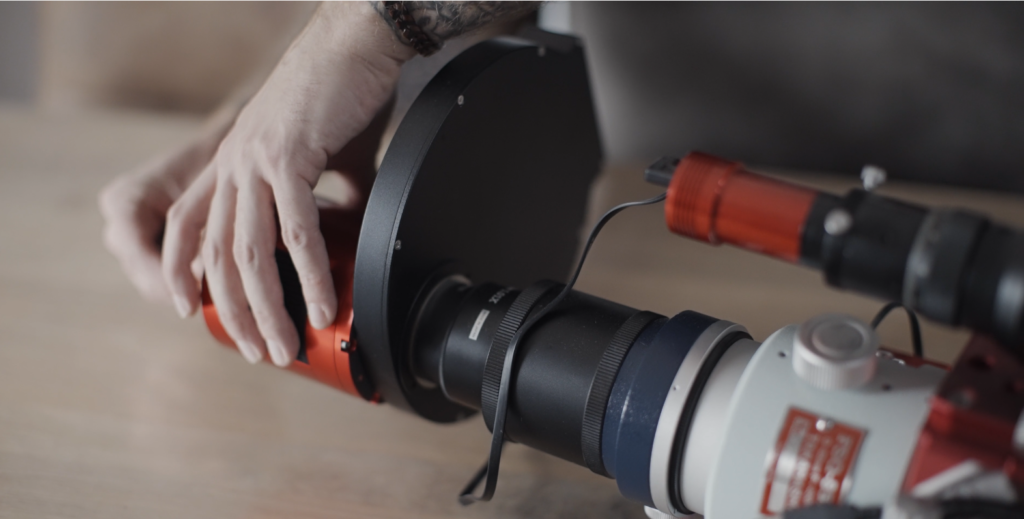
2023’s Stellar Winners
The competition’s overall winners for 2023 are Marcel Drechsler, Xavier Strottner, and Yann Sainty. Their winning photograph, “Andromeda, Unexpected,” captures the mysterious depths of space. This year’s winning image revealed a never-before-seen plasma arc in the Andromeda galaxy, sparking scientific curiosity.
Behind the Photographs: Stories and Techniques
The exhibition offers insights into the stories behind each photograph, making it an educational experience. Derek Horlock’s dedication to astrophotography takes him around the world in search of the perfect night sky. Wioletta Katarzyna Kulig’s self-portrait print of the Sun earned a spot in the 2023 shortlist. Monika Deviat, a dancer, educator, and heavy metal fan, won the Aurorae category in 2023. The exhibition also offers a glimpse into the techniques and challenges faced by astrophotographers.
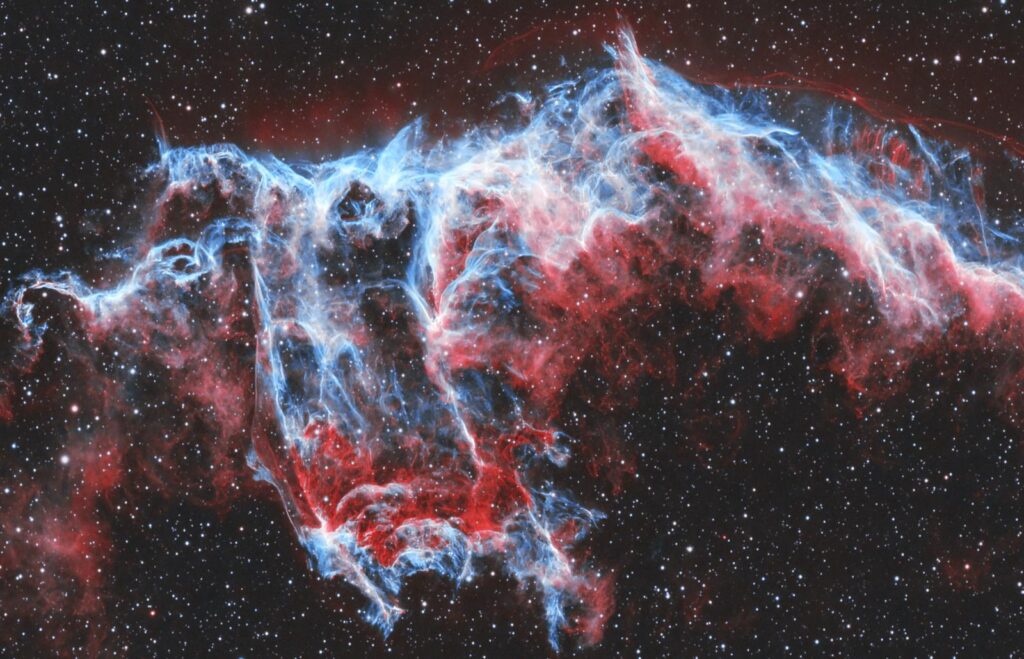
Astronomy Resources and Merchandise
Visitors can purchase prints from the exhibition, bringing a piece of the cosmos into their homes. The museum also offers a range of astronomy guides and telescopes for budding astronomers. The “Astronomy Photographer of the Year Photography Collection 12” book is available for purchase between 14 and 28 September. Celestron’s StarSense telescope, which uses smartphones to analyze the night sky, is a highlight in the museum’s shop. Radmila Topalovic and Tom Kerss, astronomers at the Royal Observatory Greenwich, have penned a beginner’s guide to astronomy.
More Than Just Photographs
The exhibition is not just about photographs; it’s about the stories, passion, and dedication behind each shot. The competition has categories ranging from galaxies and skyscapes to our Sun and Moon. Each category showcases the vastness and diversity of our universe. The Young competition category highlights the talents of budding young astrophotographers. The exhibition’s partners ensure that the event is a grand success year after year. Space enthusiasts can sign up for the museum’s newsletter to stay updated on astronomy news and events.
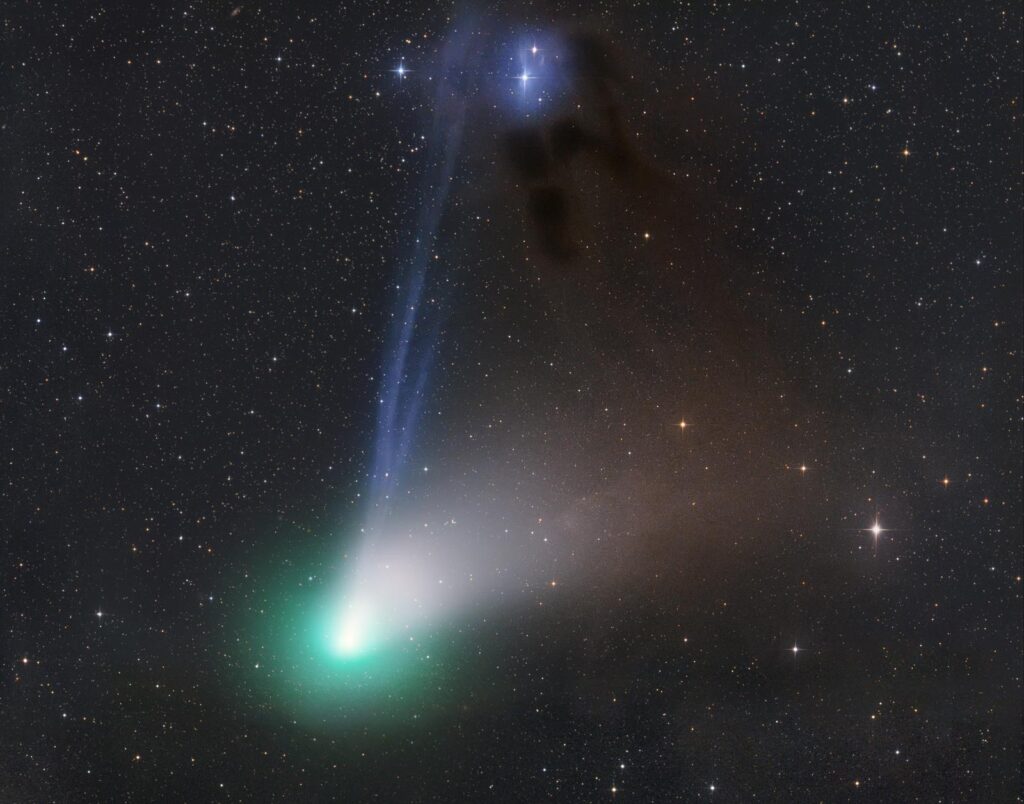
Highlights and Special Mentions
The main image of the 2023 competition is “Green Snakes” by Filip Hrebenda. The Royal Observatory Greenwich is not just a museum; it’s a hub for space enthusiasts, researchers, and photographers. The competition encourages photographers, both amateur and professional, to look up and capture the universe’s wonders. Each photograph tells a story, be it of distant galaxies, shimmering aurorae, or the vastness of space. The “Andromeda, Unexpected” photograph challenges our understanding of well-known celestial objects. The plasma arc discovery in Andromeda serves as a reminder that the universe still holds many secrets.
The Celestial Exhibition at the National Maritime Museum
The exhibition is a testament to human curiosity and our never-ending quest to understand the cosmos. The National Maritime Museum, with its rich history, is the perfect backdrop for this celestial showcase. The competition sees entries from across the globe, highlighting the universal appeal of astronomy. The event is not just for astronomers; it’s for anyone with a sense of wonder and curiosity.
Similar Posts
A Visual Treat for Visitors
The photographs, with their intricate details and vivid colors, are a visual treat for visitors. The museum ensures that the exhibition is accessible to all, with concessions available for tickets. The event is a blend of art, science, and storytelling. The “Astronomy Photographer of the Year” competition has grown in stature and popularity over the years.
Celebrating the Universe and Human Curiosity
The event is a celebration of the universe and humanity’s quest to understand it. Each year, the competition sets a new benchmark in space photography. The event encourages photographers to push their boundaries and capture the cosmos like never before. The exhibition serves as a reminder of our place in the universe and the mysteries that await us.
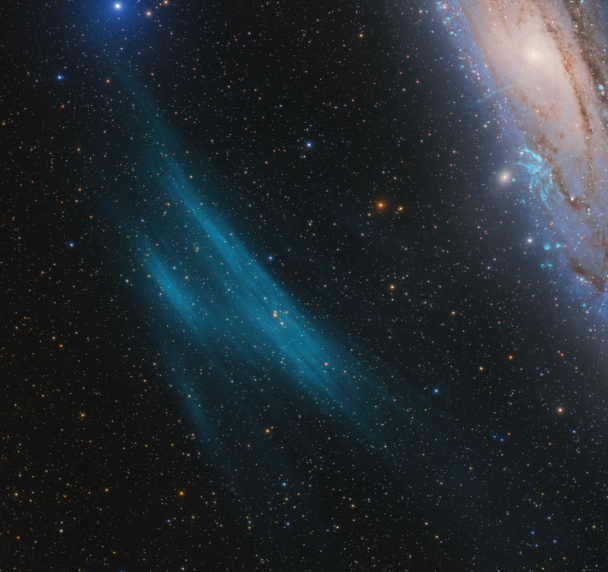
A Platform for Astronomical Talent
The competition is a platform for photographers to showcase their talent and passion for astronomy. The event is a confluence of art, science, and passion. The “Astronomy Photographer of the Year” competition is a highlight in the astronomy calendar. The event is eagerly awaited by space enthusiasts, photographers, and the general public alike.
Unveiling the Various Winners of 2023
The National Maritime Museum has unveiled the winners of the “Astronomy Photographer of the Year 2023.” This prestigious competition is the world’s largest dedicated to space photography. The winners were announced during an online awards ceremony on Thursday, 14 September 2023. The competition featured 11 diverse categories, ranging from galaxies to skyscapes.
Spotlight on the Winning Entries
Marcel Drechsler, Xavier Strottner, and Yann Sainty clinched the title of overall winners for 2023 with their photograph, “Andromeda, Unexpected.” This image of the Andromeda galaxy revealed a previously unseen feature: a massive plasma arc. “Scientists are now investigating the newly discovered giant in a transnational collaboration,” the photographers shared. László Francsics, a competition judge, emphasized the significance of this discovery to modern space science. Other notable winners include Angel An’s “Grand Cosmic Fireworks,” Eduardo Schaberger Poupeau’s “A Sun Question,” and Ethan Chappel’s “Mars-Set.”

A Journey Through Space and Time
Each image tells a story of the celestial body it captures and the photographer’s journey behind the lens. The competition serves as a bridge between art and science, where creativity meets exploration. The photographs are a testament to human curiosity and the desire to understand the universe. As visitors explore the exhibition, they are transported to the farthest corners of space.
A Grand Celebration of Space and Photography
The “Astronomy Photographer of the Year” is more than just a competition; it’s a celebration of the universe and human ingenuity. As the 2023 edition concludes, the world eagerly awaits the celestial wonders the next year will unveil. The competition serves as a reminder of the vastness of space and the mysteries it holds. The National Maritime Museum invites everyone to experience this celestial journey and be a part of this grand celebration of space and photography.

